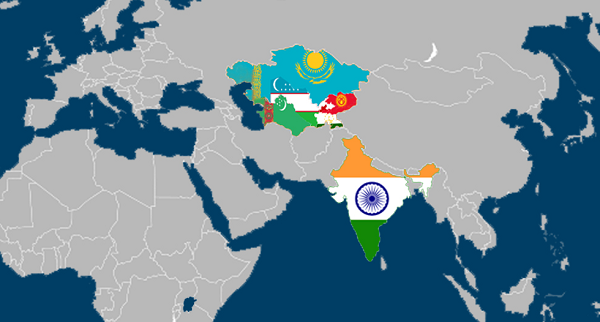- Courses
- GS Full Course 1 Year
- GS Full Course 2 Year
- GS Full Course 3 Year
- GS Full Course Till Selection
- MEP (Mains Enrichment Programme) Data, Facts
- Essay Target – 150+ Marks
- Online Program
- GS Recorded Course
- NCERT- First Ladder
- Polity
- Geography
- Economy
- Ancient, Medieval and Art & Culture AMAC
- Modern India, Post Independence & World History
- Environment
- Governance
- Science & Technology
- International Relations and Internal Security
- Disaster Management
- Ethics
- Current Affairs
- Indian Society and Social Issue
- CSAT
- 5 LAYERED ARJUNA Mentorship
- Public Administration Optional
- ABOUT US
- OUR TOPPERS
- TEST SERIES
- FREE STUDY MATERIAL
- VIDEOS
- CONTACT US
Kumaon Himalayas
Kumaon Himalayas
29-05-2024

Geographical Location and Boundaries:
- The Kumaon Himalayas includes the west-central section of the Himalayas in northern India.
- Geographically, it extends between the Sutlej River in the west and the Kali River in the east.
- The region comprises a portion of the Siwalik Range in the south and part of the Great Himalayas in the north, primarily located within the state of Uttarakhand, northwest of Nepal.
Notable Features:
- The highest peaks in the Kumaon Himalayas include Nanda Devi and Kamet, both revered for their beauty and challenging climbing routes.
- The region is home to several lakes, such as Naini Lake, Sattal, Bhimtal, and Naukuchiya Tal, known for their tranquil waters and breathtaking surroundings.
- The Kumaon Himalayas are a melting pot of tribal and indigenous communities, including the Tharus, Bhutiyas, Jaunsaris, Buksas, and Rajiswhose, each with distinct cultural traditions and practices.
- The region is renowned for its hill stations like Nainital, Ranikhet, and Almora, which offer scenic vistas, colonial architecture, and a rich cultural experience.
Ecological and Seismic Concerns:
- The Kumaon Himalayas are recognized as an ecologically fragile and seismic-prone area, making it crucial to prioritize sustainable development and disaster preparedness measures.
Shiwalik Range:
- The Shivalik Hills, a sub-Himalayan mountain range, stretch approximately 1,600 km from the Teesta River in Sikkim, through Nepal and India, into northern Pakistan.
- The range runs parallel to the Himalayan system, extending from Haridwar on the Ganges to the banks of the Beas River, with an average height of 900 to 1,200 meters.
- The Shivalik Hills are primarily composed of low sandstone and conglomerate hills, formed by the solidified and uplifted detritus of the great Himalayan range.
Must Check: UPSC Coaching Institute In Delhi



